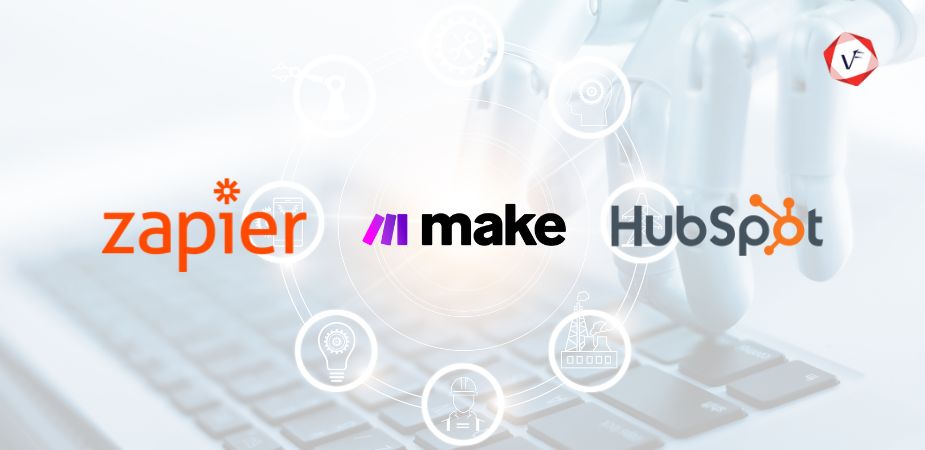What ROI Really Means in Digital Projects
ROI stands for return on investment. It compares what you spend on a project to what you get in return. In digital transformation, ROI could show up as:
- Growing profits
- Reduced costs
- Happier customers
- Faster workflows
- Fewer mistakes
- Better data to make decisions
But ROI isn’t always about numbers. Sometimes, the value is in long-term improvements or making life easier for your team. That’s why clients want clear answers, not just stats.
What Businesses Value Most
When clients think about ROI, they’re not just asking, “How much money will I make?” They’re also wondering:
- Will this solve my real problems?
- Will my team actually use it?
- How long will it take to see results?
- Could this lead to unexpected issues?
- How will it help me grow?
We’ll explore each of these in more detail.
1. “Will This Solve My Real Problems?”
Clients want solutions that fix pain points, not just new features. A business that struggles with customer delays doesn’t need another tool—they need a better way to respond quickly. A factory losing money due to manual errors doesn’t need dashboards—they need automation that works.
Good digital transformation starts with understanding the problem. That’s the first step to real ROI.
What they want to know:
“Will this reduce my customer complaints?”
“Can it stop the delays in our supply chain?”
“Can it help us cut down the cost of mistakes?”
It might look great on the surface, but if it doesn’t solve the root problems, it’s not a smart investment.
2. “Will My Team Actually Use It?”
Many tools fail because employees don’t use them. It could be too hard, too confusing, or just feel like extra work.
Clients know this. That’s why they often ask:
“Is it easy to learn?”
“Will my team resist using it?”
“Can it work with our current systems?”
A tool with high ROI isn’t just powerful—it’s also user-friendly. If it’s easy to use and fits into daily routines, it will be adopted faster—and that means faster results.
3. “How Long Until I See Results?”
While clients are patient, long delays can test their confidence.
They often want to know:
“When will I see the first signs of improvement?”
“Is this a short-term or long-term change?”
“What should I expect in the first 3 months?”
Real ROI builds over time, but early wins matter. That’s why it helps to show a roadmap. If a new system can reduce workload within a few weeks, that gives clients the confidence to keep going.
Small improvements early on—like faster reporting or better communication—can prove the transformation is working.
4. “Will It Create New Problems?”
Change always comes with risks. Clients worry that new tools might break something that’s working fine.
They may ask:
“What if the system goes down?”
“Will we need to hire new people to manage it?”
“Will this increase our data risks?”
They want to know how safe, stable, and flexible the solution is. A good ROI story includes not just benefits but also how risks are handled. If there are costs for training, new hires, or upgrades, clients want those included upfront.
Transparency builds trust—and helps clients see the real picture.
5. “How Will This Help Me Grow?”
What clients need is meaningful growth—not just enough to survive or cut a few costs.
They’re thinking:
“Can this help me reach more customers?”
“Will I be able to offer better services?”
“Can I scale without hiring more people?”
Growth could mean different things for different businesses. For a small business, it might be more customers. For a large company, it could be smoother processes or better decision-making.
Growth-focused ROI speaks louder than raw numbers. It answers the question: “How will this take me to the next level?”
Measuring ROI: What Actually Works
Not all value can be measured with money. But clients still want ways to track success.
Here are simple ways to measure ROI that clients understand:
- Less Time Spent on Each Task
If a process used to take 2 hours and now takes 30 minutes, that’s a win.
- Satisfied Customers
Things like better reviews, fewer complaints, and customers sticking around longer are signs that the changes are working.
- Lower Costs
If automation helps reduce the need to outsource or hire extra staff, that’s a clear sign of getting value from the investment.
- Better Team Performance
If your team makes fewer errors, learns faster, or feels less overwhelmed, it shows the tools are making their work easier and more efficient.
- Revenue Increase
More sales, better upselling, or expanding into new markets all contribute to growth.
Clients don’t always need detailed spreadsheets. They just want proof that things are getting better.
How to Talk About ROI with Clients
When speaking with clients, avoid vague promises or too much tech-speak. Instead:
- Use Real Examples
Show how a similar business saved time or grew after a digital change.
- Talk Openly About What Could Go Wrong
Say what might go wrong and how you plan to handle it.
- Focus on Their Goals
If they care about speed, show how the tool speeds things up. If they care about saving costs, highlight that first.
- Break It Down Step by Step
Instead of saying “It will improve everything,” explain how it will fix one problem at a time.
- Celebrate Small Wins
Don’t wait for a perfect result. Highlight early progress—it builds confidence.
Real-Life Example
Let’s say a mid-sized eCommerce company was struggling with customer service delays. Emails were going unanswered, and they were losing buyers. They invested in a new helpdesk system with automation and chat support. At first, it seemed expensive. But within 3 months:
- Response time dropped by 60%
- Customer satisfaction scores went up
- Sales increased slightly because people trusted the brand more
In 6 months, they saw:
- Fewer returns (thanks to clearer communication)
- More repeat customers
- Less staff stress (because the system was easier to manage)
The ROI wasn’t just about profit. It was about a better experience—for both staff and customers. That’s what clients want: real, visible change.
Final Thoughts
Digital transformation should be driven by needs, not trends. It’s about solving real problems with the help of technology. Clients don’t just want a new system—they want to know what they’ll get from it.
To show true ROI, you need to:
- Understand their actual pain points
- Set honest expectations
- Track small and big wins
- Talk about both benefits and costs
- Focus on results that make life easier and business better
When you do that, digital transformation stops being just another project and becomes a smart, valuable investment.





